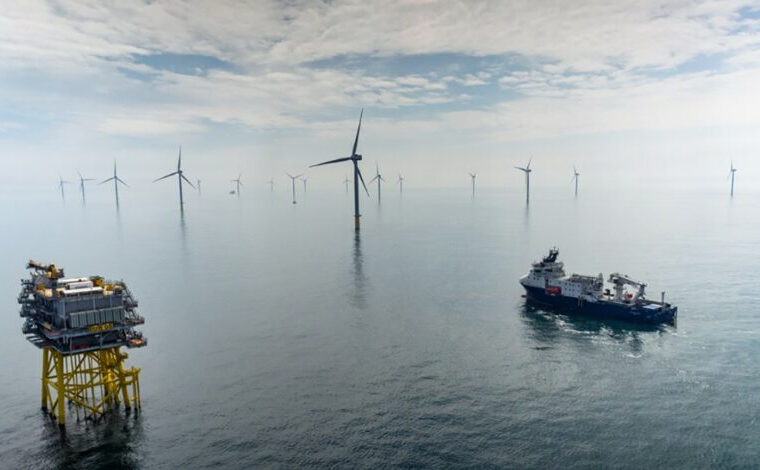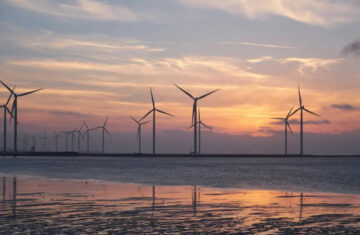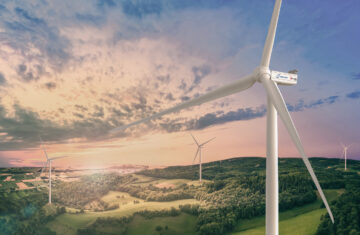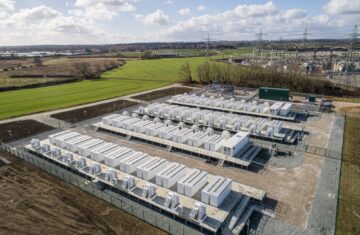Norway’s Equinor (OSE:EQNR) is considering a 20% reduction in its renewable energy division staff as it shifts focus to fewer new projects. This move could impact around 250 full-time job equivalents, according to a company spokesperson.
Strategic Staff Reductions
The reductions will primarily result from Equinor exiting certain early-phase markets. A spokesperson stated, “We have decided to reduce the number of people working with renewables in Equinor.” While some affected employees may be offered other positions within the company, the overall number of job losses could be lower.
Challenges in the Offshore Wind Sector
This decision comes amid significant challenges facing the global offshore wind sector. Factors such as inflation, rising interest rates, and strained supply chains have driven up costs, forcing developers to renegotiate prices or abandon projects altogether. Previous reports indicated that Equinor was in discussions with unions regarding potential downsizing of its renewables unit.
Commitment to Existing Projects
Despite the staff cuts, Equinor remains committed to its ongoing projects. The company, in partnership with SSE and Vargronn, is developing the Dogger Bank offshore wind farm in the UK, which, at 3.6 GW, is the largest in the world. The three-phase project, which includes Dogger Bank A, B, and C, produced its first power last year. Additionally, Equinor secured an amendment to the seabed lease for Dogger Bank D, increasing its capacity by another 2 GW.
An Equinor spokesperson confirmed to Energy Voice that the development of Dogger Bank operations would remain unaffected. The company is also focusing on existing developments, such as Empire Wind 1 in the US and Baltyk 2 and 3 in Poland.
Broader Market Exits
While Equinor’s renewables division primarily targets offshore wind projects, it also includes some onshore wind and solar developments that may be impacted. Earlier this year, Equinor exited several offshore wind markets, including Vietnam, Spain, Portugal, and France, and scaled back its plans in Australia.
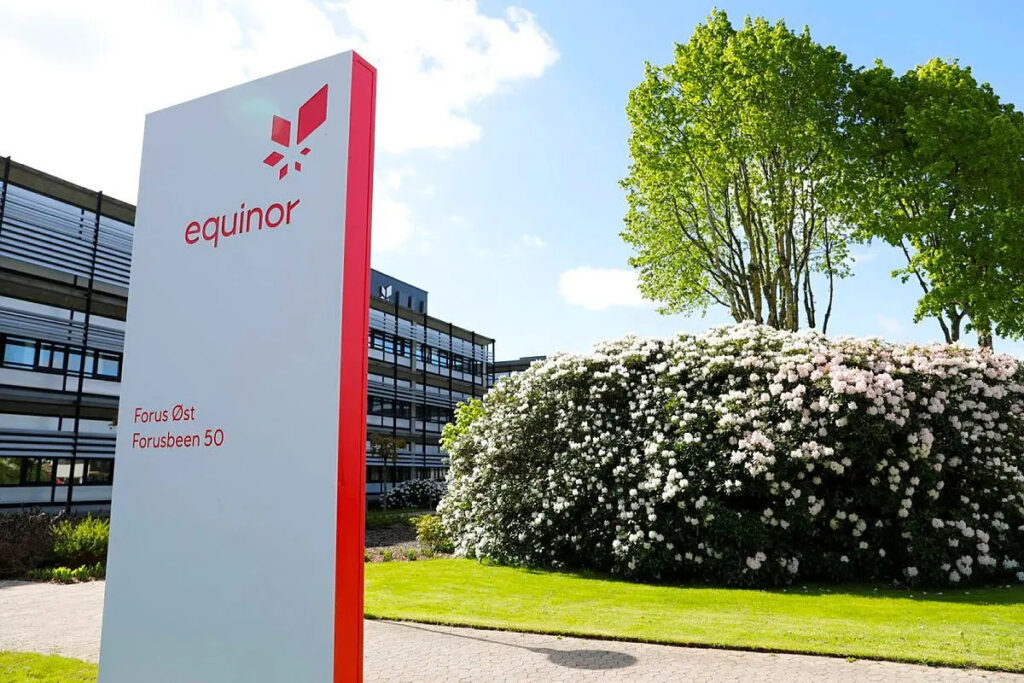
Future Goals
Despite these challenges, Equinor maintains its goal of installing 12-16 GW of renewable energy capacity by 2030. The company has also acquired a 9.8% stake in Denmark’s Orsted, becoming the second-largest shareholder in the major renewables group.
Conclusion
Equinor’s decision to cut staff in its renewable energy division reflects the broader challenges facing the offshore wind industry. As the company refocuses its efforts on existing projects, it aims to navigate the current market landscape while pursuing its long-term renewable energy goals.
Sources
- Equinor Press Release
- Energy Voice – Equinor Renewable Energy Updates
- Bloomberg – Offshore Wind Industry Challenges
- SSE – Dogger Bank Offshore Wind Farm
